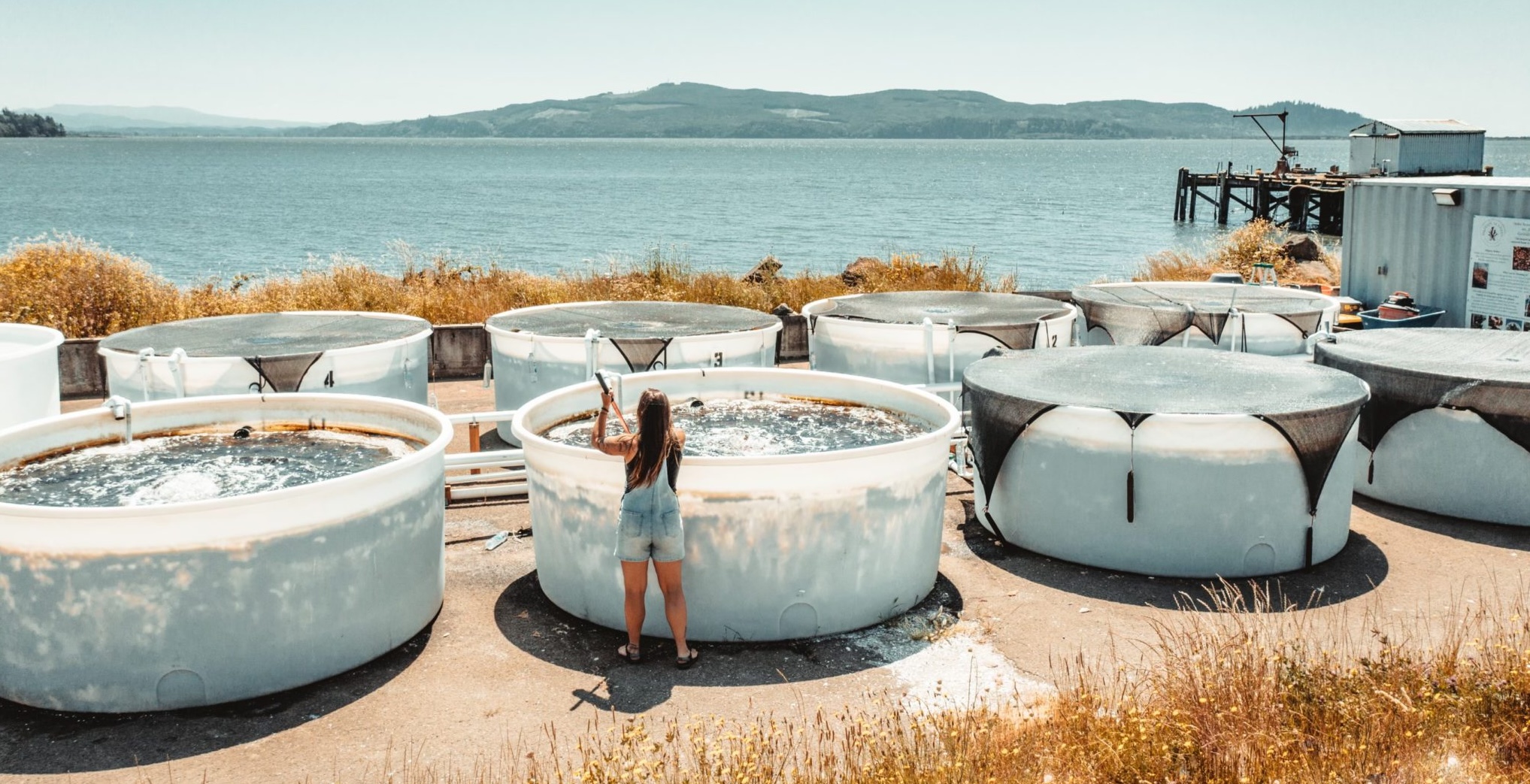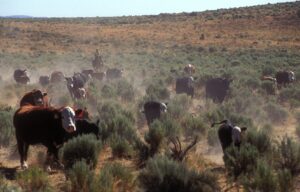
By SEAN NEALON/OSU News Service
Can seaweed grown on the Oregon coast help prevent beef cattle in eastern Oregon from producing too much methane? Oregon State University researchers are getting $1 million to find out.
A five-year grant from the U.S. Department of Agriculture will try to determine if adding seaweed to the diet of cattle is an effective way to reduce greenhouse gas emissions. Recent research has found that feeding seaweed can reduce methane emissions from cattle, most of which originates from internal fermentation during their digestive process.
OSU will investigate a specific type of seaweed – Pacific dulse, a species grown commercially in Garibaldi and Bandon – and focus on the effects of including it in diets of cattle that graze sagebrush landscapes.
“At a time of heightened public concern about greenhouse gas emissions, this project has the potential to help ranchers more sustainably and efficiently produce beef while also providing an economic benefit to seaweed producers,” said Juliana Ranches, project director and an assistant professor at Oregon State’s Eastern Oregon Agricultural Research Center in Burns.
The agriculture sector accounts for 9.4% of greenhouse gas emissions in the U.S. with cattle being responsible for more than a quarter of those.

For the project, about 20 cows will graze each year in an approximately 100-acre pasture at an OSU experiment station between Bend and Burns. They will wear GPS collars and be contained within a virtual fence.
The researchers will supplement the cattle feed with Pacific dulse grown by Oregon Seaweed, a seven-year-old Garibaldi-based company started by former businessman and OSU adjunct professor Chuck Toombs. During his time at OSU Toombs discovered the seaweed strain growing at the Hatfield Marine Science Center in Newport, which had been working to domesticate it for 25 years.
Oregon Seaweed’s first farm was in Bandon, where it has 10 growing tanks. Its second farm in Garibaldi has 20 tanks and makes it the largest land-based seaweed farm in the United States.
Researchers will feed different amounts of dried dulse to the cattle to determine the amount that most suppresses the cow’s methane releases. Then they will use a special tool to measure changes in carbon dioxide and methane levels in the pasture.
“Most of the research on seaweed feed supplementation for cattle has taken place in feedlots,” said Rory O’Connor, a rangeland ecologist with the U.S. Department of Agriculture-Agricultural Research Service in Burns and co-director of the project. “Our work is novel because we are focused on cattle that graze in the sagebrush-steppe ecosystem.”


